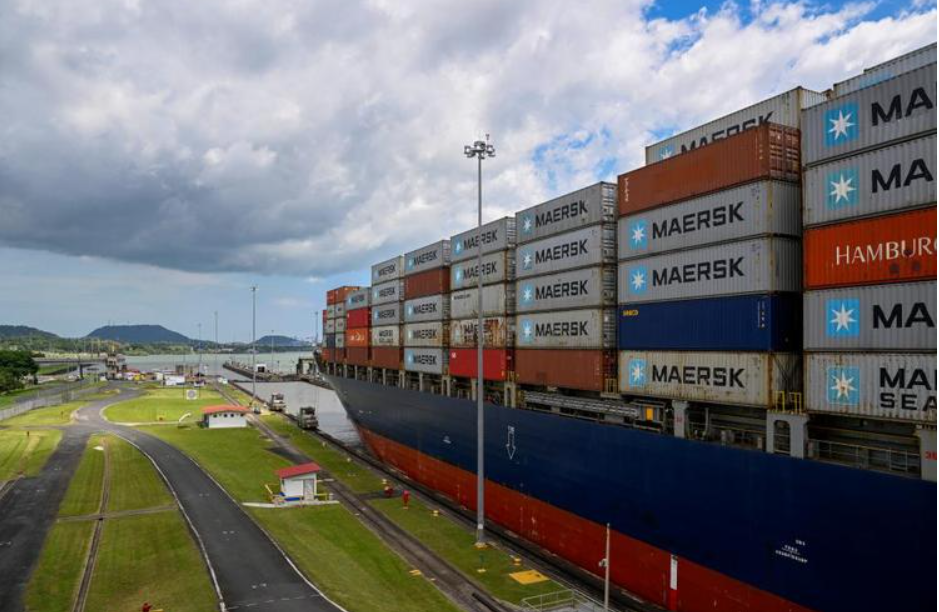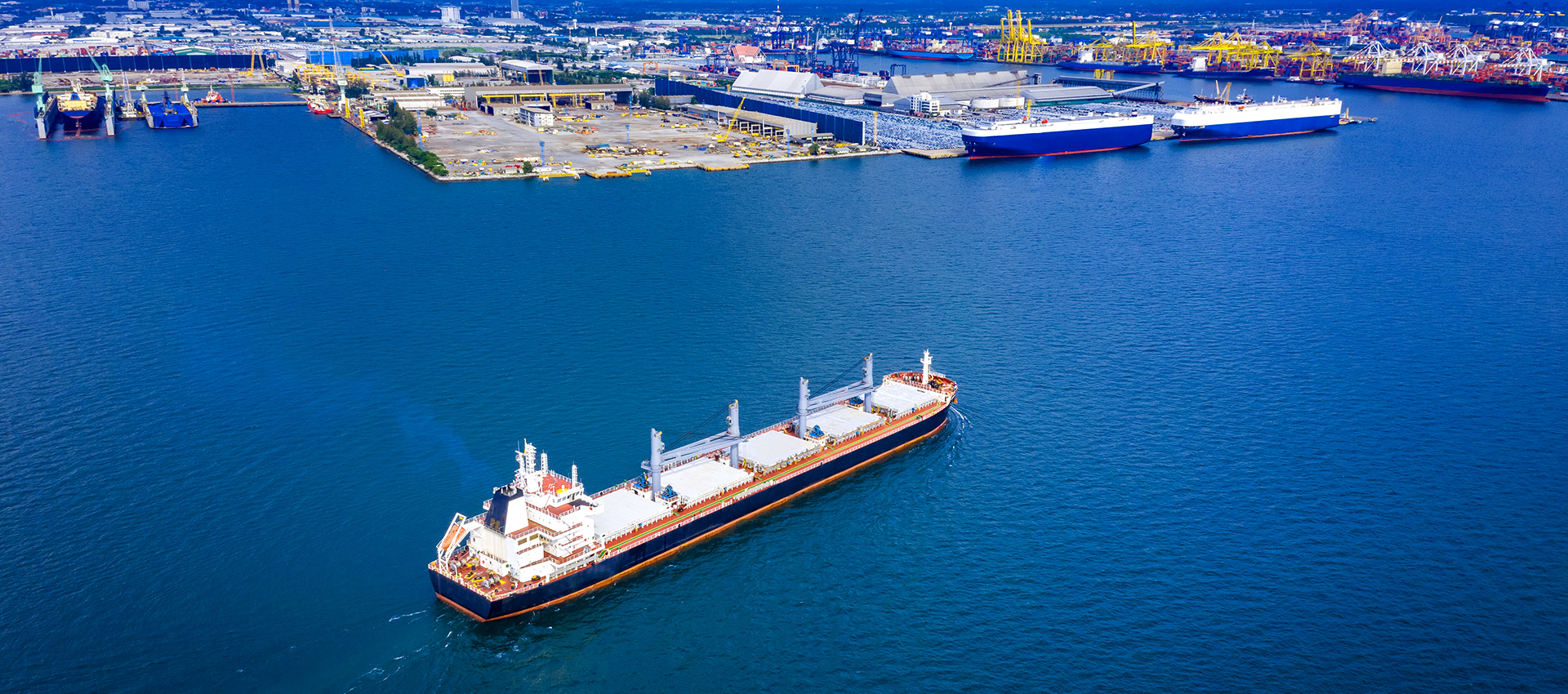Views: 0 Author: Site Editor Publish Time: 2025-04-17 Origin: Site









Logistics is the backbone of global trade, ensuring goods move smoothly across borders. But what happens behind the scenes to make this possible?
Intermodal Equipment Providers (IEPs) play a crucial role in making intermodal transportation efficient and safe. In this post, we'll discuss the key responsibilities of IEPs, how they support the supply chain, and their impact on logistics.
IEP stands for Intermodal Equipment Provider. These companies provide essential equipment for transporting goods across different modes of transportation. They manage tools like chassis, containers, and trailers, which allow goods to move seamlessly between trucks, trains, and ships.
IEPs are a vital part of the logistics chain, ensuring that companies can access reliable, safe equipment for their intermodal transportation needs. They are key to making sure that cargo can travel efficiently across multiple transportation systems.
Intermodal equipment includes chassis, containers, and other tools used to move cargo across various modes of transport. A chassis is a type of trailer used to carry shipping containers, while containers are the standardized units that hold goods. These pieces of equipment are critical for the smooth operation of the intermodal transport system.
IEPs provide, maintain, and inspect this equipment. They make sure the equipment meets safety standards and is ready for use when needed. Without IEPs, the system of moving goods efficiently via different transportation modes would not be possible.
IEPs are responsible for ensuring that intermodal equipment is available and functional. This means that goods can move easily from trucks to trains or ships without delays or issues. By providing high-quality, well-maintained equipment, IEPs help reduce breakdowns and delays, which in turn lowers costs for businesses.
Intermodal transport is beneficial because it combines the strengths of different transportation modes, offering flexibility and efficiency. For example, rail can carry large quantities over long distances, while trucks provide local delivery. By supporting this system, IEPs help create a more efficient and cost-effective supply chain.

The main role of an Intermodal Equipment Provider (IEP) is to ensure that equipment like chassis and containers are available for intermodal transportation. They provide, lease, and maintain this equipment, making it accessible to motor carriers. This helps streamline the transportation of goods across different modes, such as rail, road, and sea.
IEPs also ensure that their equipment complies with federal regulations, which helps maintain safety across the transportation industry. Regular inspection, repair, and maintenance are crucial for preventing breakdowns and keeping equipment in top condition for use.
One of the biggest challenges in logistics is ensuring that the right equipment is available when needed. IEPs play a key role in making sure motor carriers have access to equipment like chassis and containers at the right time. This availability helps reduce delays, preventing costly downtime in the supply chain.
By managing inventories efficiently and ensuring regular maintenance, IEPs reduce the risk of equipment being out of service, which improves the reliability of transportation operations.
IEPs must comply with Federal Motor Carrier Safety Regulations (FMCSRs), which are set by the Federal Motor Carrier Safety Administration (FMCSA). These regulations ensure that intermodal equipment is safe and reliable.
To stay compliant, IEPs must register through the Unified Registration System (URS) and obtain a USDOT number. This registration is essential for tracking their safety record and ensuring they meet all legal requirements.
Regular safety checks and inspections are mandatory for IEPs, and they must report any findings to federal authorities. These steps help maintain high safety standards and ensure smooth operations across the logistics industry.
IEPs significantly enhance logistics efficiency by ensuring that intermodal equipment is ready to use when needed. This eliminates delays caused by unavailable or malfunctioning equipment. By providing well-maintained, compliant equipment, IEPs help streamline the transportation process, allowing goods to move quickly across different modes of transport—whether by truck, train, or ship.
Regular inspections and maintenance prevent breakdowns, ensuring fewer disruptions and smoother supply chain operations. With reliable equipment available, businesses can focus on delivering goods on time, reducing bottlenecks and keeping customers satisfied.
IEPs play a critical role in reducing operational costs for businesses. By offering equipment that is always ready for use, businesses don’t have to spend money on last-minute rentals or emergency repairs. IEPs ensure equipment is optimized for its intended use, which minimizes downtime and maximizes efficiency.
Additionally, proper maintenance of equipment reduces the risk of costly breakdowns and ensures that companies comply with safety regulations, helping them avoid fines. The overall result is lower operational expenses, improved service reliability, and a more cost-effective logistics operation.
Motor carriers depend heavily on IEPs for the availability of quality equipment. IEPs ensure that chassis and containers are readily accessible and meet federal safety standards. This means motor carriers can transport goods safely and without delays.
The maintenance and reliability of the equipment provided by IEPs also improve the safety of transportation. Well-maintained equipment reduces the risk of accidents and breakdowns, contributing to safer roads and smoother transport operations for motor carriers.
To register as an Intermodal Equipment Provider (IEP), you must use the Unified Registration System (URS). This online system allows companies to submit their information and apply for the necessary permits to operate legally.
The first step is to complete the registration form, which includes details about your business, operations, and equipment. Once registered, you will receive a USDOT number, a unique identifier used to track your company’s safety record and compliance with federal regulations. This number is vital for ensuring that your equipment is safe and up to standard.
When registering as an IEP, certain documents and information are required. These include:
Business details (company name, address, and contact information).
Equipment details (types of equipment you provide and maintain, including chassis and containers).
Information about your inspection and maintenance processes.
Proof of insurance to cover potential damages or accidents.
Common mistakes to avoid include incorrect or incomplete business information and failing to update your registration when changes occur. Always double-check that your documents are complete and accurate before submitting your application to prevent delays in the registration process.

Regular inspection and maintenance are critical to keeping intermodal equipment in top condition. Here are some best practices:
Schedule frequent inspections: Equipment should be checked regularly to identify issues before they lead to breakdowns.
Repair equipment promptly: Address damages or defects immediately to avoid delays in the supply chain.
Document inspections: Keep detailed records of all inspections and repairs. This helps ensure compliance and provides a history of equipment health.
Submit driver vehicle inspection reports: Drivers should report any issues during pre-trip inspections, which IEPs need to address before equipment is used again.
Maintaining these practices ensures that the equipment stays reliable and safe for transport.
To manage their operations efficiently, IEPs rely on technology. Enterprise Resource Planning (ERP) systems are one of the most useful tools. These systems help IEPs:
Track equipment inventory: ERP systems manage the availability and location of equipment in real-time.
Improve operational efficiency: By automating inventory management and scheduling, ERP reduces human error and boosts productivity.
Enhance maintenance scheduling: ERP software can also track the maintenance history of each piece of equipment, ensuring timely repairs and inspections.
With these tools, IEPs can streamline their operations, leading to smoother logistics.
Effective coordination between IEPs and motor carriers is essential for timely deliveries. Here’s how IEPs improve communication:
Share real-time equipment availability: IEPs provide motor carriers with up-to-date information about equipment availability to avoid delays.
Establish clear communication channels: By maintaining open lines of communication, IEPs can quickly address issues like equipment malfunctions or delays.
Coordinate equipment delivery and pickup: IEPs ensure motor carriers can access equipment at the right time and location, minimizing downtime.
This coordination helps ensure smoother, faster, and more reliable logistics operations.
IEPs face several challenges in ensuring equipment is always available when needed. These challenges include:
Equipment shortages: High demand for intermodal equipment can lead to shortages, causing delays in transport.
Logistical delays: Equipment may not reach the intended locations on time due to transportation issues or bottlenecks.
Operational challenges: Managing a large inventory and ensuring all equipment is ready for use can be complex.
To overcome these obstacles, IEPs use advanced inventory management systems and strengthen relationships with suppliers. By keeping equipment well-maintained and strategically distributed, they can minimize downtime and ensure a smoother logistics process.
Safety and maintenance are top priorities for IEPs, but they come with their own set of challenges:
Wear and tear: Frequent use of equipment can lead to wear and tear, which can cause breakdowns or safety hazards.
Breakdowns: Unexpected equipment failures can disrupt logistics, leading to costly delays.
Safety issues: Maintaining high safety standards is essential to avoid accidents and regulatory violations.
To meet these challenges, IEPs conduct regular inspections, repairs, and updates to their equipment. They follow strict safety protocols to ensure all equipment complies with safety standards, reducing the risk of accidents and ensuring reliable service.
IEPs are essential to the future of logistics, ensuring efficient and safe transportation. Their role will continue to grow with advancements in technology. By utilizing modern tools and maintaining strict compliance, IEPs will streamline intermodal transport, making it more reliable and cost-effective. The future of logistics depends on the efficiency and reliability IEPs provide.
CNS specializes in the transportation of large-scale engineering projects. With extensive experience in handling oversized, overweight, and specialized machinery, CNS excels in both import and export logistics. For any transportation needs, feel free to contact CNS.
A: IEPs improve supply chain transparency by offering real-time updates on equipment availability and status. This ensures stakeholders are informed, reducing uncertainty and improving coordination across the supply chain.
A: Yes, IEPs provide specialized equipment, such as triaxle chassis and gooseneck chassis, for specific transport needs. These types of equipment are designed to handle unique requirements in the logistics process.
A: IEPs comply with environmental regulations by maintaining equipment that meets sustainability standards. They follow industry guidelines for fuel efficiency and reducing emissions to align with eco-friendly practices in logistics.